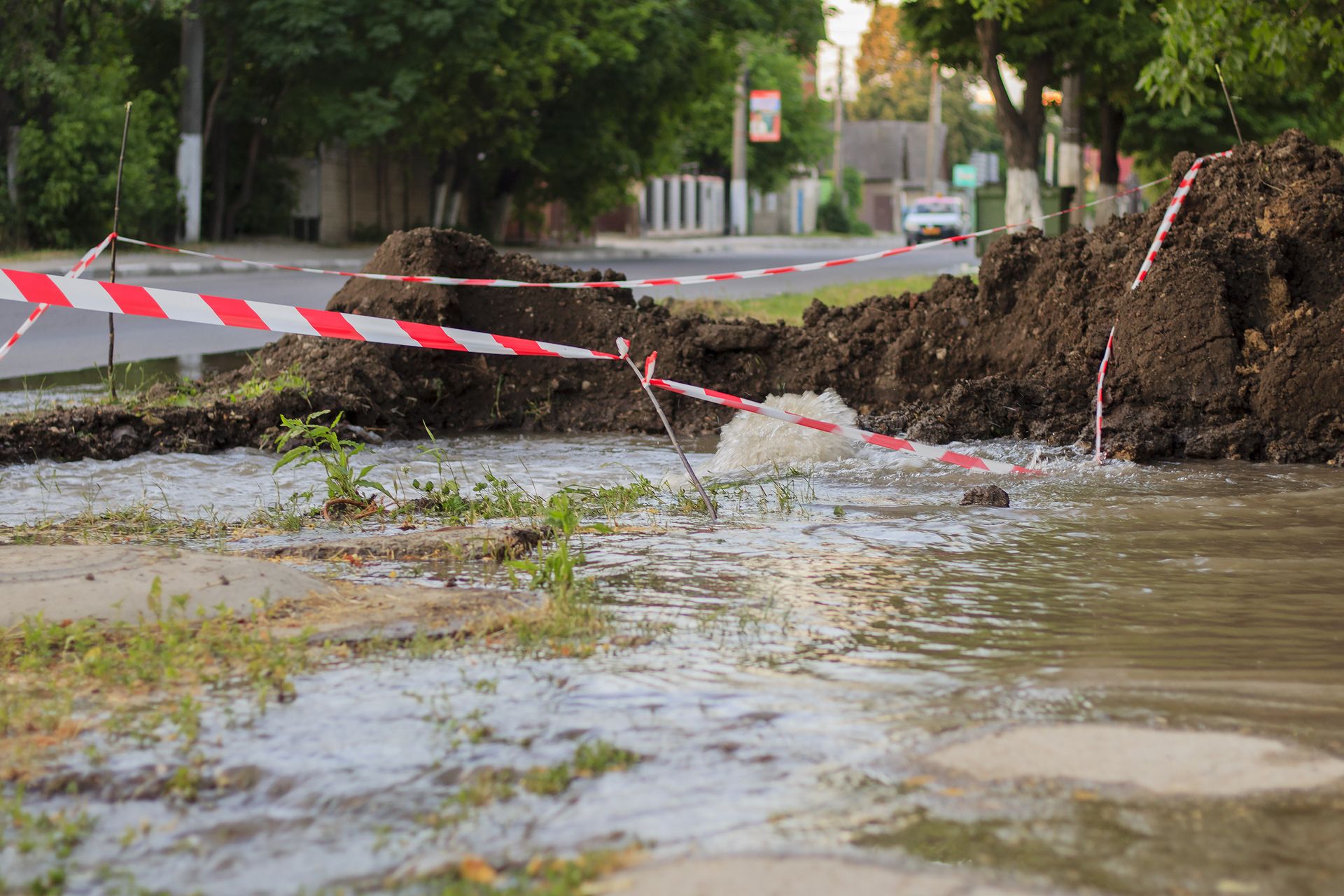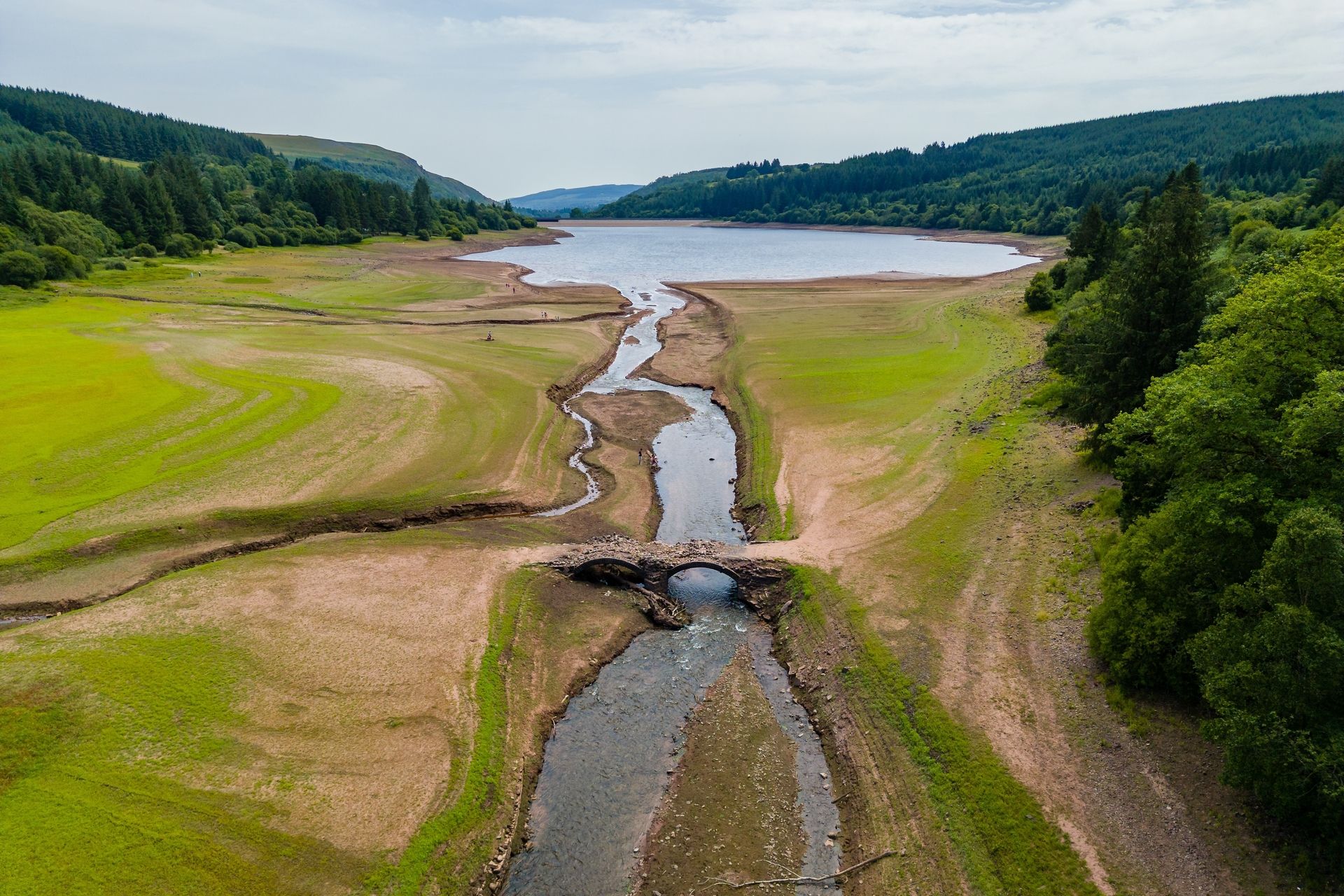The slow collapse beneath our feet
Much of Britain’s water infrastructure is quite literally crumbling beneath us. Ageing pipes, overloaded treatment plants, and outdated stormwater systems are no longer fit for purpose. After decades of underinvestment, the country finds itself staring down a £60 billion bill just to bring the network up to a sustainable standard. The question facing policymakers and industry leaders is whether Britain can fix its water system before it fails entirely.

This is the fourth article in our series examining the findings of the Independent Water Commission’s landmark 2025 report. Previous instalments have explored privatisation, regulatory oversight, and financial extraction. Today, we turn our attention to infrastructure: the hidden backbone of the entire system.
The Commission’s report paints a sobering picture. It warns that continued delay will not only drive-up costs but also deepen the damage to ecosystems, public health, and economic productivity. The infrastructure designed in the Victorian era is ill-equipped to handle 21st-century demands, from climate volatility to population growth and the need for net zero adaptation.
When the taps are silent and the toilets back up
In recent years, there has been no shortage of headlines about burst mains, flooded high streets, or sewage spills into rivers. These are not isolated mishaps. They are symptoms of structural neglect.
Some water pipes are more than 100 years old. Many wastewater treatment plants are operating at or beyond their design capacity. According to Ofwat data, more than one-third of the network has exceeded its intended lifespan. Meanwhile, investment has not kept pace with the infrastructure’s deterioration. Spending in real terms has fallen in several regions since the early 2000s, despite rising population density and demand.
Perhaps most alarmingly, emergency responses are becoming routine. Tankers are now deployed regularly to compensate for failing pumping stations or to intercept overflow from treatment plants. These temporary fixes may prevent immediate catastrophe, but they divert funds from long-term solutions and mask the scale of the problem.
Pollution as a default setting
The infrastructure crisis has direct consequences for the environment. Inadequate capacity in sewage systems leads to the routine use of storm overflows, releasing raw or partially treated sewage into rivers and coastal waters. In 2024, the number of overflow events exceeded 350,000.
Many treatment works are struggling to meet even current regulatory standards. As the Commission report notes, legacy systems were never designed to manage today’s chemical and biological pollutants, microplastics, or the combined pressures of industrial and agricultural runoff.
This is not simply a case of individual companies cutting corners. It is the result of a systemic failure to upgrade and expand the core assets of the sector. The pipes and plants of Britain’s water system are operating far beyond their limits.
The £60 billion reckoning
So what would it take to fix the system? The Commission’s estimate of £60 billion is not a guess. It is based on detailed modelling of capital investment needs between now and 2040. This figure includes:
· Replacement of ageing water mains and sewer lines
· Expansion and modernisation of wastewater treatment facilities
· New reservoir capacity and water transfer infrastructure
· Upgrades to reduce leakage and energy consumption
· Stormwater management and flood resilience measures
· Digital monitoring and automation systems
It is a monumental task, both in scale and complexity. But it is also unavoidable. Every year of delay increases the future cost and amplifies the risk of systemic failure.
A challenge made harder by climate change
Overlaying this infrastructure deficit is the growing pressure of climate change. The UK is experiencing more frequent extremes: prolonged droughts punctuated by intense downpours. Both place enormous strain on water systems. Droughts lower reservoir levels and increase competition between agriculture, industry and households. Floods overwhelm drainage systems and increase pollution incidents.
Many of the country’s water assets were designed for a stable climate. They are no longer adequate. Without adaptation, the system will become even more brittle in the face of volatility.

Low water levels reveal an old bridge at Llwyn Onn Reservoir, Wales
Climate-resilient infrastructure is not just about robustness. It also requires flexibility. For example, decentralised treatment systems, nature-based solutions like constructed wetlands, and dynamic water trading between regions will all play a role in future planning.
The role of the private sector
The Commission report does not suggest that the private sector is incapable of delivering large-scale investment. But it is highly critical of the current incentives and governance structures.
Water companies have historically prioritised financial engineering over engineering infrastructure. Dividends, debt servicing, and internal profits have taken precedence over capital investment. Unless the regulatory regime is overhauled, there is little reason to believe that a sudden shift in behaviour will occur.
Ofwat has proposed new mechanisms such as investment ringfencing, outcome-based incentives, and long-term resilience plans. However, the report argues that government must do more to align financial returns with public benefit. It also calls for clearer oversight of how infrastructure investment is allocated, monitored, and delivered.
Rebuilding trust along with the pipes
Ultimately, the debate over infrastructure is also a debate about trust. Can the public believe that the same companies and regulators who presided over this decay are now capable of fixing it?
For many communities, particularly those who have endured repeated pollution incidents or service failures, trust is in short supply. Rebuilding the system means rebuilding that trust through transparency, accountability, and meaningful public engagement.
Some campaigners have called for citizen assemblies or local oversight boards to monitor infrastructure upgrades. Others have suggested community ownership models or green bonds linked to verifiable improvements. The tools exist. What is needed is the political will to use them.
No more time to waste
Britain’s water infrastructure crisis is not just about engineering. It is about governance, priorities, and the kind of country we want to live in. Clean water, safe sewage systems, and flood protection are not luxuries. They are foundational to health, economy and the environment.
The £60 billion figure may seem daunting, but so is the cost of continued failure. As the Commission puts it: either we pay to fix it now, or we pay much more when it breaks.
The time for debate is over. The rebuild must begin.
This article is the fourth in our continuing series on the Independent Water Commission’s 2025 report. Join us next week as we explore nature-based solutions and the risk of environmental gentrification.




